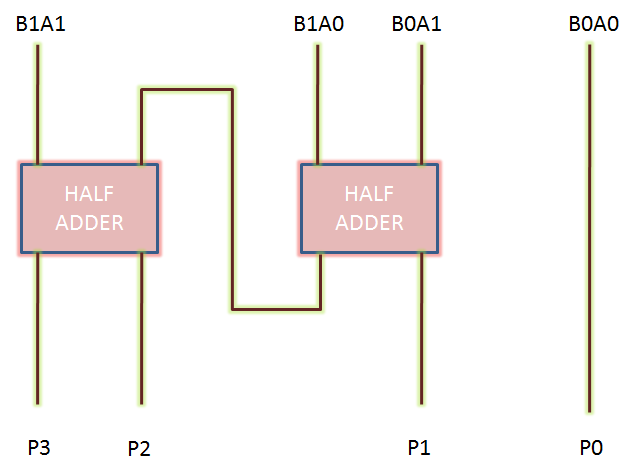With the progress in technology,
the designs are moving into deeper sub-micron technology nodes. There is an
ever-increasing concern about power dissipation within the SoC. But this should
not come at the cost of performance. So, along with less power dissipation,
there is need for maximum power efficiency, that is maximum proportion of
available power should be used for useful purposes rather than just to keep the
device awake. Now the question arises: Whether to start planning from power
perspective at the RTL Design level or wait for the problems to be fixed in the
backend flow of the design cycle. The answer is former. Efforts are made to
achieve maximum power efficiency along all the stages of the design. But the
backend flow can only implement the changes at physical level. It cannot fix
the micro-architecture which has a significant impact on the dynamic power
dissipation within the SoC.
 |
| Figure showing Impact of design change on performace |
Power aware design is often
misunderstood as low power design. But, these are not the same. By low power
design, we mean minimizing the power consumption with or without any
performance constraint. But by power aware design, is meant the minimizing the
power dissipation without any impact on power. Power aware design refers to
maximizing some other performance constraint without any significant impact on
power efficiency. Achieving maximum performance being constrained to a
particular power budget is the aim of power aware design.
As said earlier, there is an ever
increasing demand for low power devices. As these devices run on batteries
having limited supply, and the requirement for them is to operate the maximum
they can on a single battery. There are long phases of device idle time. In
between, the device is active for very small periods of time. And during the
active time, high performance is the requirement. One such example is digital
energy meters where there is requirement to keep record of the total kWh used.
The power may be available in patches, or may be continuously available. There
may be long periods when there is no power. Since the power is available, we
can afford to have chargeable batteries, but the watts consumed by the
controller itself should be very less as compared to the total power consumed
so as to minimize the overhead. During the idle periods, device may go to sleep
mode so as to save power. As long as power is available, it should wake up
immediately. In other words, average power is less but variance in power
consumption is very high. Hence, it
requires a provision in RTL to sense incoming signal levels and to change the
gears accordingly. There are many techniques adopted for power aware RTL designsuch as performance
throttling, judicious
module selection, incorporation
of power information in RTL, voltage
and power islands and power
aware design of memories.
Read also:

